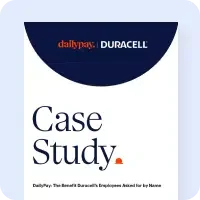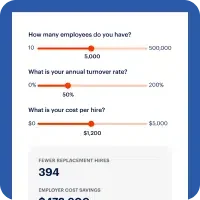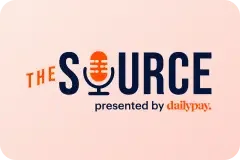Why send a handwritten letter when you can shoot a quick e-mail or text message? That analogy may best describe the difference of processing paper checks versus direct deposit. More than being an outdated and time-consuming practice, writing paper check is a more costly process for many businesses.
NACHA, a trade association of electronic payment vendors, conducted a survey among U.S. companies with less than $20 million in annual revenue that use a business checking account for the majority of their business. According to NACHA:
- Of the 52% of organizations that use direct deposit for payroll, only 30% have 100% employee participation.
- It costs a business up to $2 to cut and process a hard-copy check versus 35 cents or less for direct deposits.
- A business with 100 employees would save at least $7,000 by using direct deposit over paper checks.
Bank of America offers a more robust figure for the true cost of paper checks. In fact, they figure the price is more like $4 to upwards of $20, based on the price of the check and shipping, plus the time employees spend writing, mailing, collecting and reconciling the check.
Paper checks are less secure than direct deposit
Employees may be at higher risk for fraudulent activity if they rely on paper checks, too.
According to a study by Tinucci & Associates for NACHA, “While the banking system itself is secure, the sheer number of times a check must be passed from hand to hand while it is being processed means there is less security available.”
Checks are generally safe, but direct deposit eliminates the amount of times funds are based back and forth, which makes the process more secure.
Safety and cost aren’t always at the forefront of employee concerns. How can employer relay the importance of direct deposit, effectively?
What can effectively encourage employees to enroll in direct deposit?
Payroll direct deposit is valuable and cost-effective for your organization. How can you encourage non-participating employees to get on board? Here are a few solutions:
- Promote the direct deposit. If you haven’t already, attach enrollment forms to the employee’s paycheck. Remind your employees of the ease and benefit of skipping a trip to the bank.
- Educate your employees. It could be that your employees don’t currently have a bank account. Sometimes banks charge a minimum before allowing someone to open an account, and for someone living paycheck to paycheck, it could be difficult to meet the minimums. Some organizations host a “bank fair” where banks are invited to your workplace to obtain new customers. Many offer a promotion that day, such as a “free checking” deal to incentivize employees to sign up.
- Offer an incentive. DailyPay is a service that allows your employees to get paid as often as they would like. It’s non-disruptive to a payroll system, and an added value to an employee. The catch is, DailyPay only services those who have direct deposit. When it comes down to deciding between sticking to paper checks or having the freedom to capitalize on the earnings you have already made, direct deposit becomes more attractive. We have seen an uptick in direct deposit enrollment from organizations offering DailyPay as a service.
Learn more about DailyPay and how it can improve your bottom line by incentivizing your employees to sign up for direct deposit.













